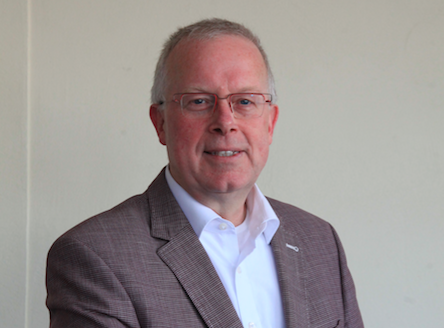As industry members and representatives whose lively hoods are so innately connected with nature, as consumers ourselves, and not least as environmentally conscious members of the human race, we are concerned about the impact of plastics on many levels.
However, this is a complex issue and the challenge of understanding and managing these complexities was made clear at the recent AIPH Sustainability Conference entitled ‘Plastics in Ornamental Horticulture – How to Create a Sustainable Supply Chain’. The event held in Noordwijk, the Netherlands, brought together key industry players, experts, academics, manufacturers, researchers, growers and industry representatives to discuss the myriad of issues from valuable perspectives.

Putting the use of plastics in context illuminates startling statistics that industry cannot ignore. Figures presented by Dr Bek of Coventry University reveal that not only has today’s production of plastics risen twenty-fold (between 1964 to 2014) but that even today’s production figures are estimated to double by 2030 and treble by 2050. The production of plastics currently accounts for 6% of the world’s oil production and this is estimated to rise to 20% by 2050, whilst greenhouse gases resulting from the production process and after-use incineration will also have a significantly increasing environmental impact.
The AIPH Sustainability Conference discussed the costs of plastic to the planet. Rapid development in data analytics now enables organisations to map the carbon footprint of products and activities at every step of the value chain in order to calculate total carbon footprint. The speakers stated that the value of embarking on such efforts is a saving in both quantitative and qualitative terms.
Research referenced by Boudewijn Mos and Professor Charlie Hall provides a solid business case that locating the area of greatest carbon footprint is synonymous with locating the area of the greatest waste of resources and therefore also profits. As early as 1969 Coca Cola mapped their own carbon footprint as a cost saving exercise. Above bottom-line profits socio-economic cost savings are much harder to quantify as is the reduction of plastics polluting our oceans and sea life but perhaps this is because these savings relate to life and quality of life which are in themselves invaluable.
As demonstrated at the conference, manufacturers, wholesalers, government initiatives and trade organisations are already taking action to reduce the impact of plastics used in our industry. Royal Lemkes, Van Dijk Flora, Pöppelman and the Horticultural Trades Association in the UK all presented real improvements in ‘reduce’, ‘reuse’ and ‘recycle’ solutions which are all currently active. Elise Wieringa added to these ‘re-fuse’ – removing the habit of using plastic where it is not necessary.
These solutions prove that, despite the complexities involved in the use of plastics, solutions are achievable. But adoption is key as is the need to work cooperatively to expand the rate of change to a level where we can make a real difference. Rapid ground swelling consumer movements can hit hard and it is incumbent on our industry to ensure we are working in the interests of the end customer. We must respond to our responsibility rather than react to acts of legislation which could otherwise be avoided. Most importantly we must encourage our industry to trust the clear evidence that sustainability is truly about saving our people, planet and profits.
Bernard Oosterom,
President AIPH




